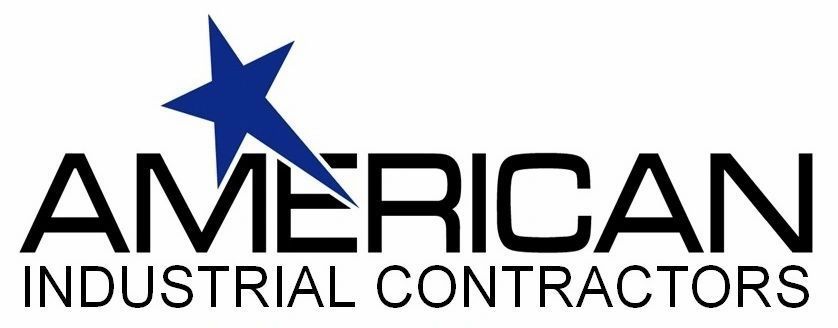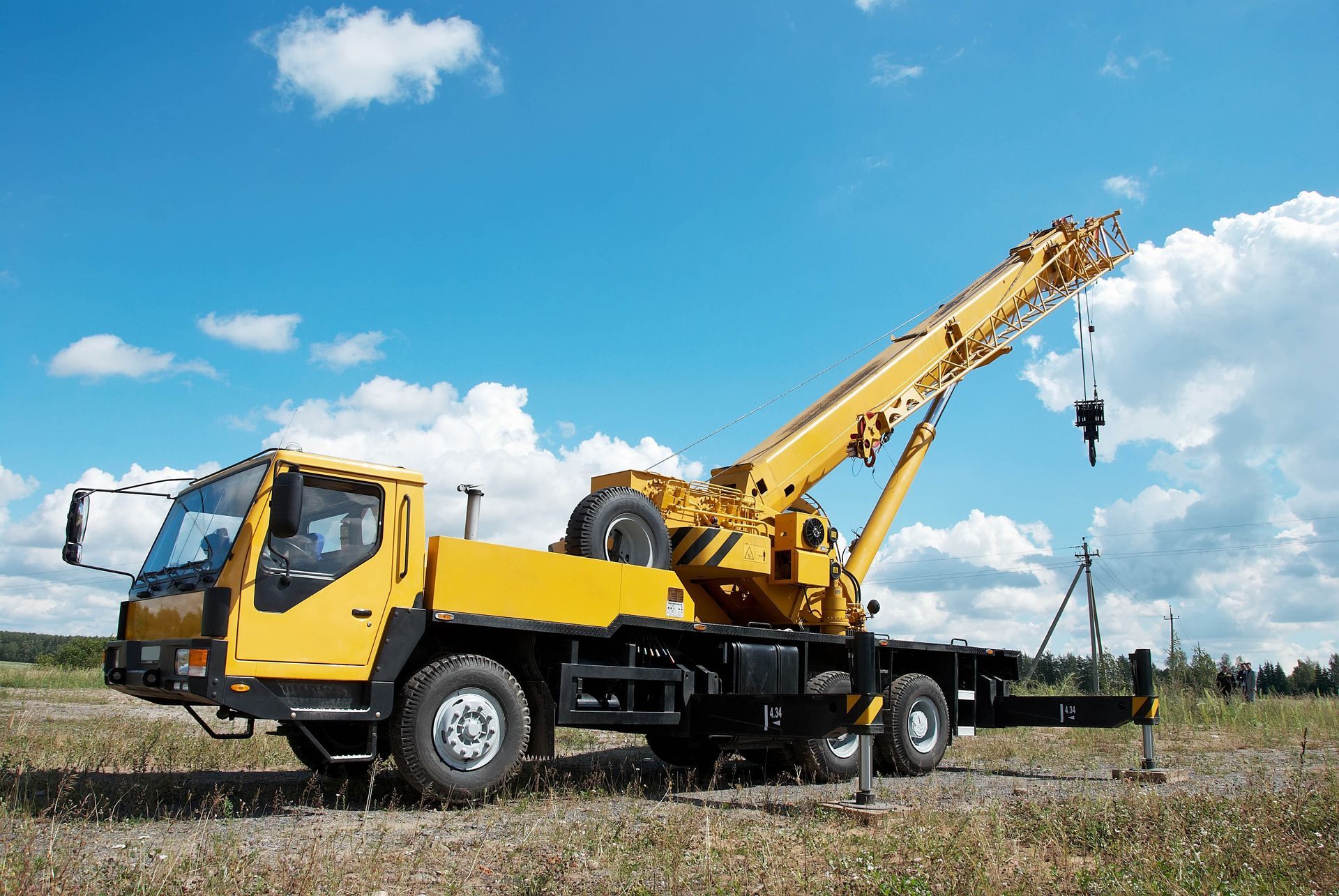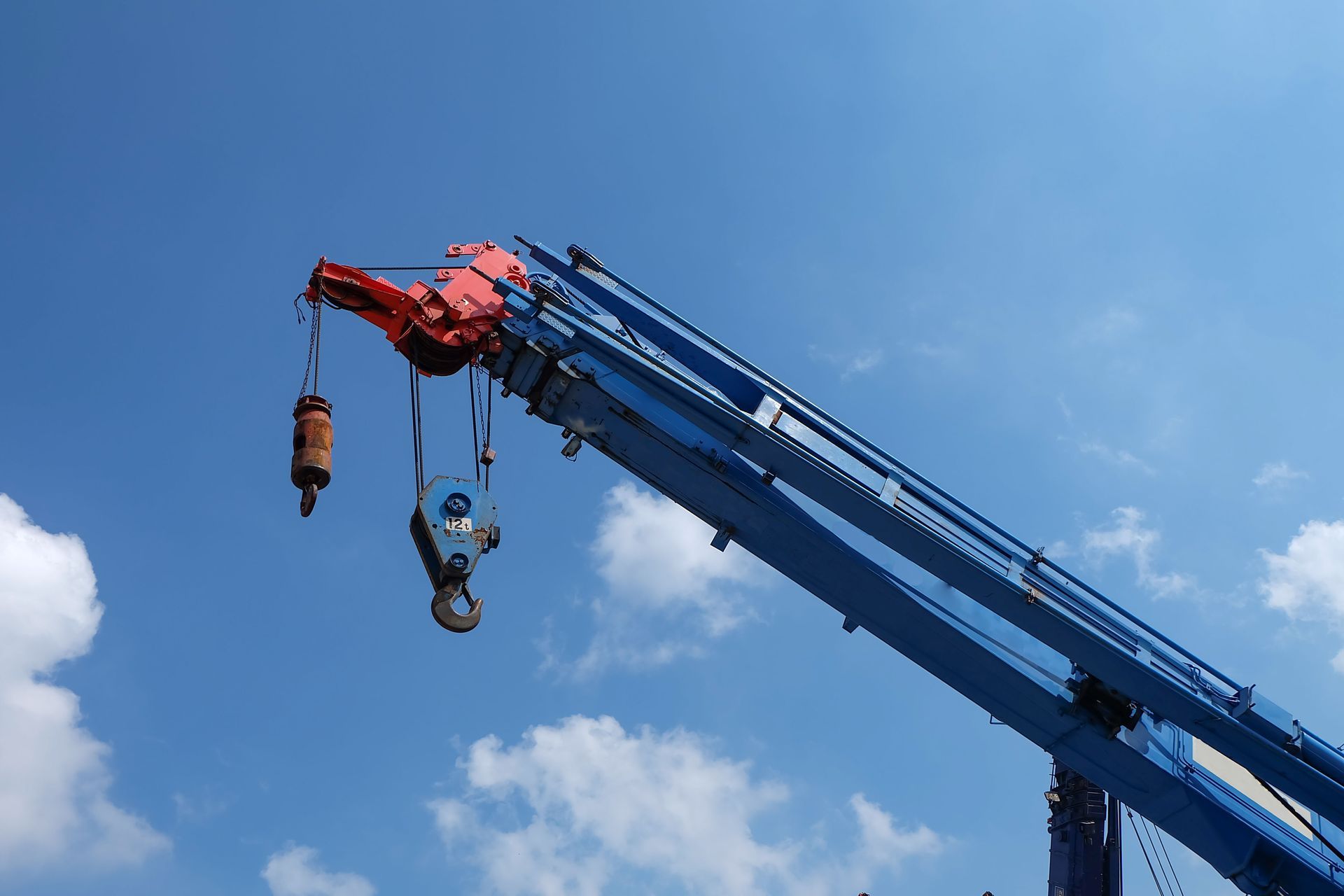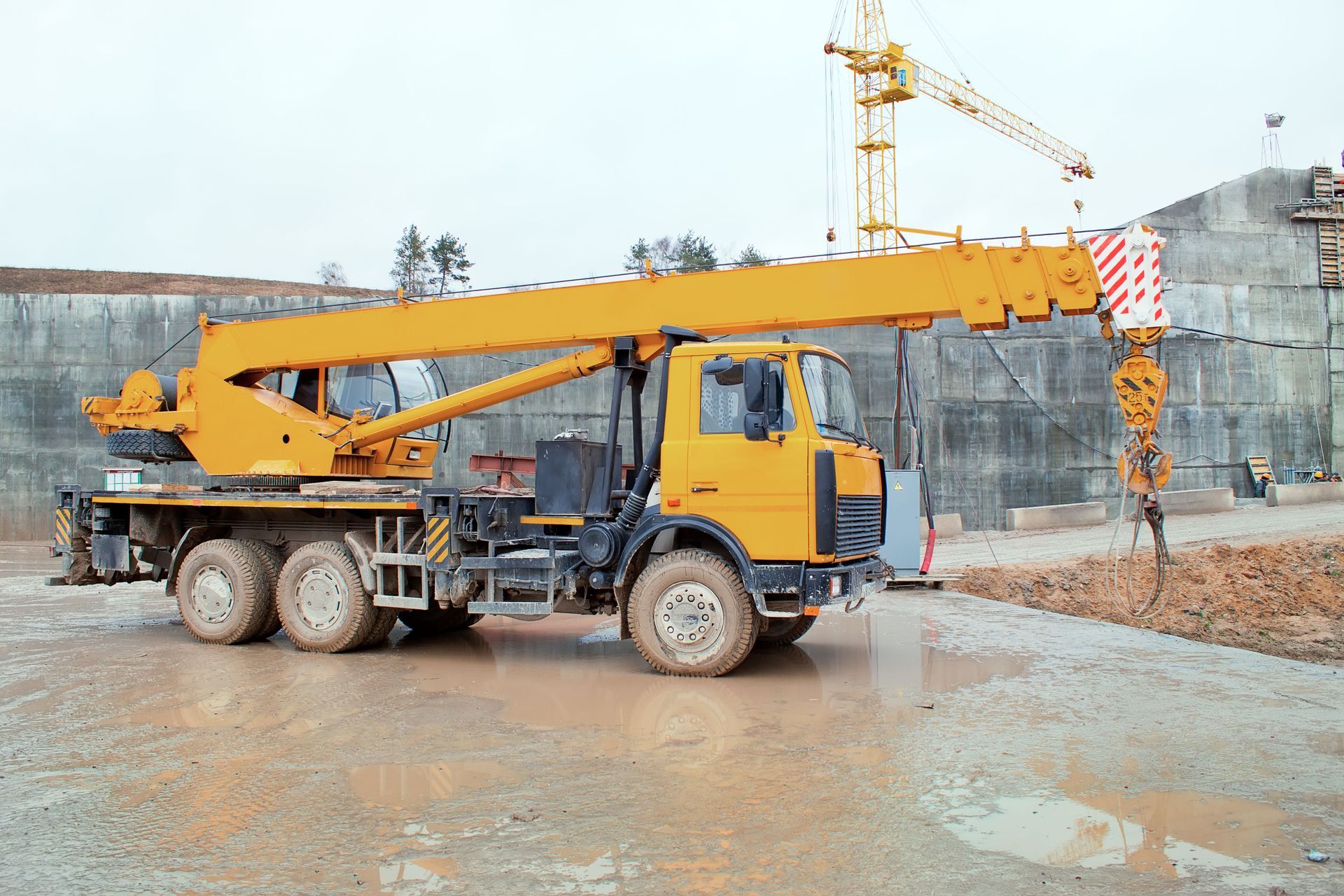Crane Services for Complex Projects: Tips to Ensure Smooth Operations
In the complex domain of large-scale construction and infrastructure projects, crane services play a pivotal role. These projects encompass a multitude of operations where the efficient use of cranes is vital for success. The deployment of cranes in a timely and effective manner can significantly enhance the overall efficiency, safety, and success of any construction project. A crane service must, therefore, be meticulously planned to prevent any potential setbacks. This article delves into key strategies that streamline crane operations, improve project efficiency, and mitigate possible challenges that these services face in complex projects.
Understanding Project Requirements
Understanding project requirements is the first fundamental step towards ensuring smooth crane operations. Every construction project is unique in its scope and scale, requiring distinct types and sizes of cranes based on specific needs. For example, according to Future Market Insights, typically rented cranes range from low to medium capacity (10-100 tons), perfectly suited for small to medium projects like residential and light commercial construction. These parameters help in assessing the types of cranes required, capacities needed, and anticipated workload. Having a thorough understanding of these requirements allows project managers to formulate effective lift plans and schedules.
Another key aspect of project requirements involves site accessibility and existing restrictions. Construction sites are often fraught with challenges related to space limitations, terrain irregularities, and existing infrastructures. These aspects must be rigorously evaluated to guarantee the seamless maneuvering of cranes. Proper logistics should be crafted, keeping in mind these site-specific restrictions, to plan for unforeseen difficulties. Additionally, crane services budgeting is crucial, factoring in costs for crane rentals, transport, operations, and potential contingencies to handle unexpected situations efficiently.
Forecasting lift plans and scheduling needs is another critical operational requirement. Effective planning identifies the appropriate timing for crane operations to avoid overlaps and maximize productivity. This requires coordination with different stakeholders to integrate crane operations into the broader project timeline. Such strategic foresight ensures that cranes are available when necessary, aligning with project milestones. Overall, a precise understanding and planning set the foundation for smooth operations by outlining a clear roadmap for crane services throughout the project.
Choosing the Right Crane Provider
Selecting the appropriate crane service provider is crucial in implementing effective operations. Providers with extensive experience and expertise in dealing with complex projects often deliver superior services. Experience in similar projects helps providers anticipate challenges and deploy solutions that enhance efficiency. Analyzing their historical performance, customer testimonials, and case studies of past projects can offer insights into their capability to handle specific project demands. Furthermore, understanding the technological capabilities of potential providers is vital; advanced technologies and equipment often lead to more precise, safe, and efficient operations.
Safety is a paramount concern, and evaluating a provider’s safety records and certifications is imperative to ensure project safety. Information on the provider’s safety practices, accident history, and employee training programs is essential to consider. Good safety records often reflect a provider's commitment to rigorous safety protocols, minimizing risks and delays. Additionally, understanding the provider's certifications assures compliance with safety standards and regulations, contributing to safer operations on-site. Establishing safety protocols should be a collaborative effort between the provider and the project management team, ensuring a safe working environment throughout the project duration.
Analyzing provider flexibility and availability is another key consideration. Construction projects, by nature, may face unforeseen changes requiring adjustments in crane services. Providers who offer flexible terms and have readily available resources can better accommodate such changes. Reviewing contract terms for flexibility, analyzing cost structures, and availability of contingency resources can help identify the right partner. Cost factors, although crucial, should be balanced against these service attributes to ensure reliability and efficiency. Therefore, a comprehensive evaluation across these factors helps in selecting the best-suited crane service provider that aligns with project goals.
Ensuring Optimal Safety Protocols
Furthermore, safety protocols form the backbone of any construction operation, particularly crane services, due to their inherent risks. Implementing rigorous training programs is essential to ensure that crane operators and crew are highly skilled and informed of safety procedures. The training should encompass thorough knowledge of crane operations, troubleshooting, emergency procedures, and adherence to safety regulations. Regular upskilling and certification renewals are critical in maintaining high safety standards. These programs not only boost operator confidence but also significantly reduce the likelihood of accidents, thus promoting a safer working environment.
Conducting regular safety audits is equally crucial for maintaining optimal safety standards. Periodic audits help in identifying potential safety hazards and operational inefficiencies. These audits should be comprehensive, covering equipment conditions, operational procedures, and compliance with safety standards. By regularly reviewing and improving safety practices, projects can significantly mitigate risks. Additionally, utilizing advanced monitoring systems can further enhance safety efforts by providing real-time alerts and detailed analysis of crane operations, enabling proactive measures to prevent incidents.
Maintaining clear communication channels is a cornerstone of effective safety management. Effective communication between crane operators, site managers, and the workforce ensures that everyone is informed of potential risks and procedural changes. Establishing protocols for rapid dissemination of information, especially in emergencies, is critical. This includes establishing emergency response procedures with clear guidelines for the escalation of issues and coordination of rescue efforts, if necessary. By fostering an environment of open communication and quick response, projects can better manage safety and ensure the well-being of all personnel on-site.
Coordinating Efficient Logistics
Additionally, logistics coordination is integral to the seamless functioning of crane services in construction projects. Planning and mapping crane paths early on can prevent operational hindrances and ensure efficient deployment. These paths should consider site geography, crane capabilities, and project timetables. Proper logistics planning minimizes downtime and aligns crane operations with broader project workflows. Consequently, this strategic alignment simplifies execution processes and enhances operational efficiency.
Scheduling deliveries and operations is another critical logistics component that impacts a crane service. Aligning delivery schedules with crane availability ensures that materials are always available when needed, preventing delays. This requires meticulous planning to avoid conflicts with other construction activities. Close coordination with suppliers and diligent scheduling prevent bottlenecks, facilitating smooth operations. Additionally, managing storage and staging areas effectively supports efficient crane operations by ensuring materials are organized and accessible.
Incorporating Technological Innovations
Technological advancements are transforming crane operations, offering numerous benefits in efficiency, safety, and precision. Introducing smart cranes and IoT solutions enables advanced monitoring and control capabilities. Smart cranes are equipped with sensors and connectivity features that provide real-time data on operations and performance metrics. IoT solutions can offer predictive maintenance alerts, helping to identify potential issues before they lead to breakdowns. By harnessing these technologies, a crane service can enhance safety, reduce maintenance costs, and improve overall project outcomes.
The utilization of drones for site surveys and planning is another innovation benefiting a crane service. Drones offer a cost-effective and efficient means of surveying large construction sites. They provide detailed aerial views and high-resolution imagery, helping to identify potential site challenges and optimize crane deployment strategies. This technology aids in the creation of more accurate lift plans and improves site logistics.
The successful execution of complex projects hinges on the effective deployment of crane services. By understanding project requirements, selecting the right providers, ensuring safety, coordinating logistics, leveraging technology, and continuously evaluating outcomes, stakeholders can achieve seamless operations and project excellence. Contact American Industrial Contractors today for more information.





Share On: